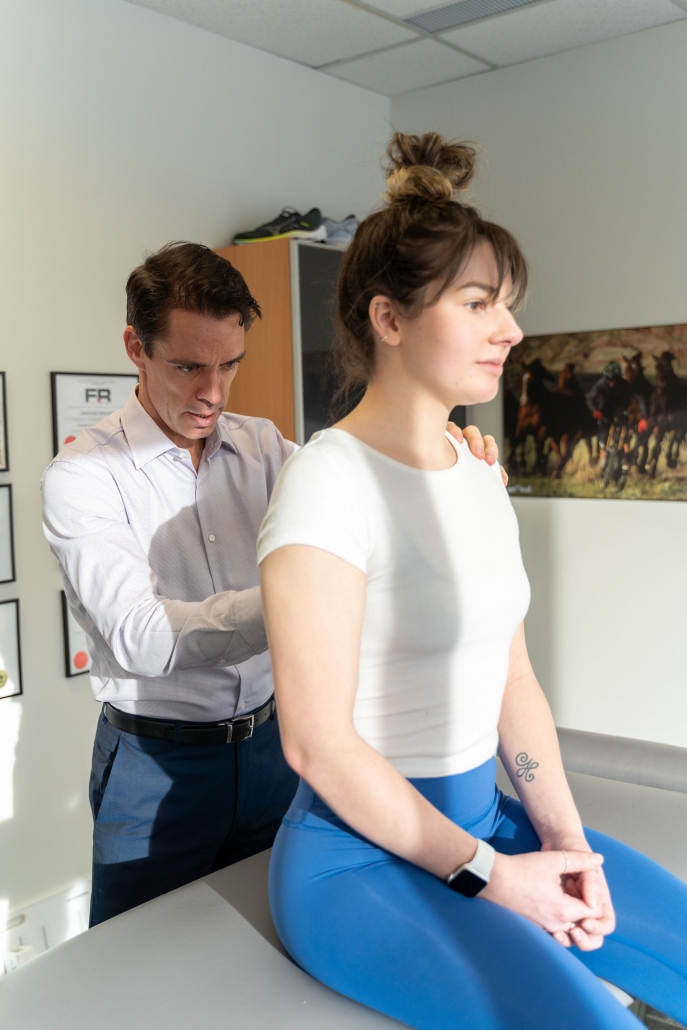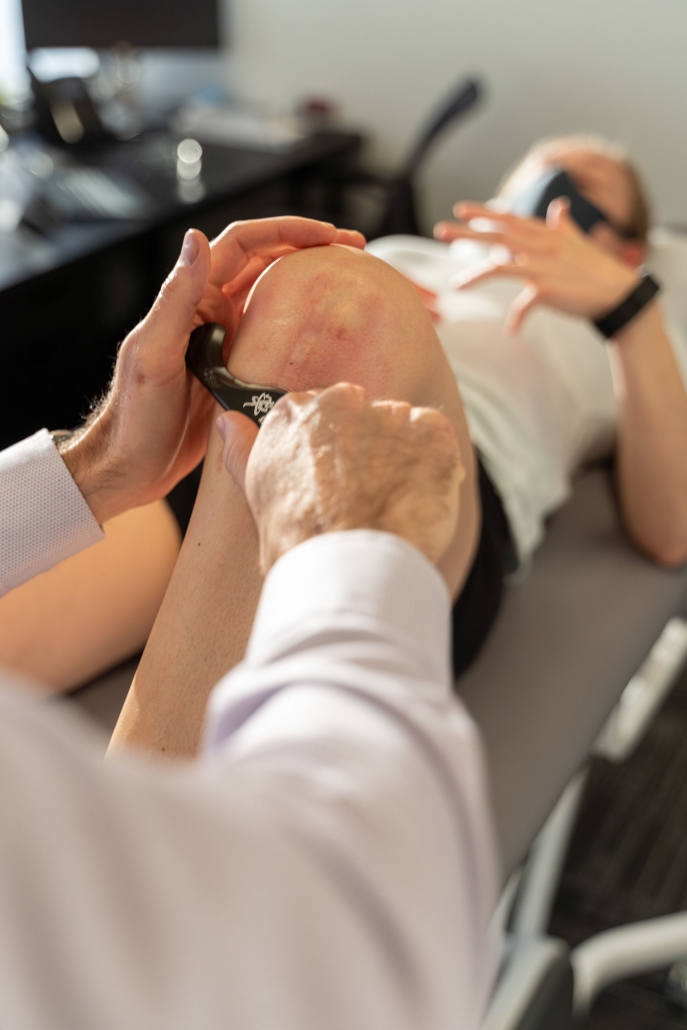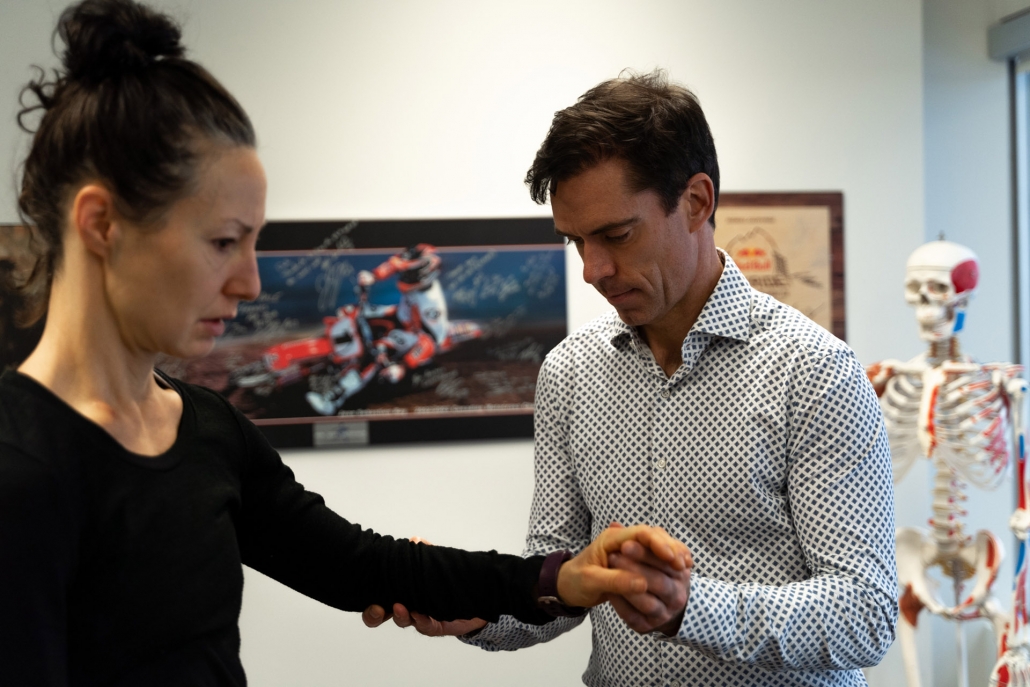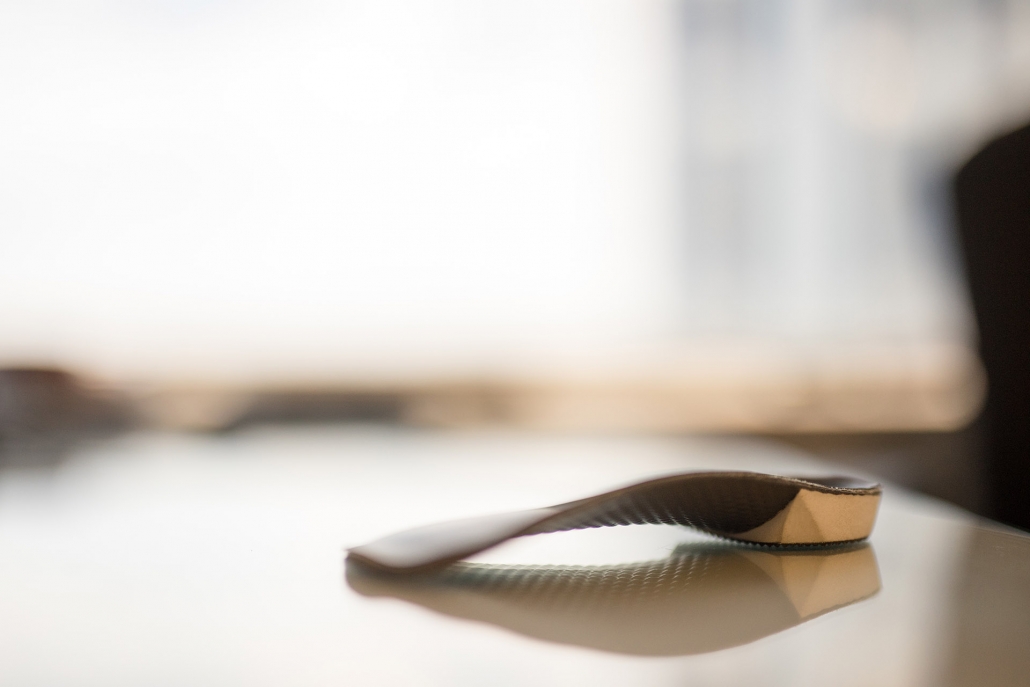Chiropractors are doctors regulated by the Health Professions Act and recognized as primary health care practitioners with a duty to assess, diagnose and treat a myriad of musculoskeletal conditions. We like to refer to chiropractors as doctors who focus on nerve, muscle and joint issues, and the inter-relationship between those tissues. Learn more about Chiropractic care in Canada (infographic). The chiropractors at Elite Sport Performance all have additional training. Drs. Macdonald and Karmali both hold post-doctoral sport sciences fellowships with the Royal College, while Dr. Okrainetz is a resident of the same program. Dr. Laura McDonnell is also a Registered Nurse who works in Public Health for Alberta Health Services. All ascribe to a best-evidence approach to patient care and to our clinical brand promises of Results, Clarity and Collaboration. Find out more about what role chiropractors take as an important part of your collaborative health team (infographic).
Chiropractors may employ any one of a myriad of different options when treating patients. These may include but are not limited to:
Joint Manipulation
Spinal and extremity joint manipulation is a specialized form of manual therapy that uses non-invasive treatment techniques to treat musculoskeletal pain and disability. Using the hands or an instrument, joint manipulation is performed by carefully delivering a small, but high velocity impulse to a joint. An audible ‘popping’ or ‘cracking’ sound is usually produced, owing to the formation of gaseous bubbles or cavities within the synovial fluid of the joint, causing a local reduction in pressure. While this form of manual therapy has proven to be an effective treatment option for the management of various musculoskeletal disorders, its neurophysiological effects continue to be explored. Check out this infographic about the Spine Pathway Model.
Graston
The Graston Technique is one of a number of similar techniques that altogether can be placed in a category called instrument-assisted soft tissue mobilization (IASTM). IASTM is a form of manual therapy involving rigid instruments of various shapes and materials to locate and treat soft tissue disorders.
IASTM is a non-invasive therapeutic technique which is usually applied by stroking the beveled edge of an instrument on the surface of the skin, often aided by a lubricant, with the intent of influencing the underlying connective tissues, muscles and nerves. While the therapeutic mechanism of IASTM continues to be explored, there is some evidence that the technique may aid in the breakdown and absorption of scar tissue, mobilization of fascia, and improved tissue healing.
ART
The Active Release Technique (ART) is a form of soft tissue therapy that utilizes over 500 treatment protocols to assess and treat a variety of fascial, muscular, tendinous, ligamentous, and nerve-related disorders. With physiological underpinnings tied to the acute and chronic effects of overuse injuries resulting in pain and reduced range of motion, ART aims to restore soft tissue pliability so that muscles, joints, and nerves can move freely again.
Custom Foot Orthotics
The cause of a wide variety of foot, ankle, and knee injuries can be attributed to sub-optimal function of the lower limb, particularly during impact with the ground. Custom foot orthotics are effective in that they can reduce muscle activity, decrease joint loading, and increase cushioning during the loading phase. This allows them to make a positive impact on pain and injury, particularly when engineered to match the architecture of a patient’s feet with his or her specific needs in mind.
In many cases, a multi-modal approach is most effective in not only treating the problem, but also in preventing recurrent injury or further damage as a patient maintains an active lifestyle. This comprehensive approach can comprise a combination of manual therapy and targeted strengthening, in addition to utilizing custom foot orthotics.
Custom foot orthotics are often covered at least in part by a patient’s insurance plan.





